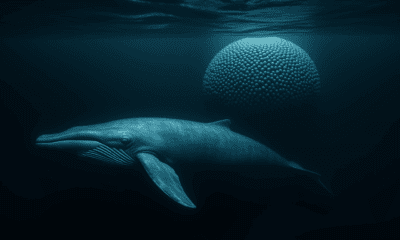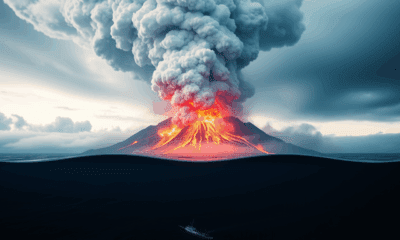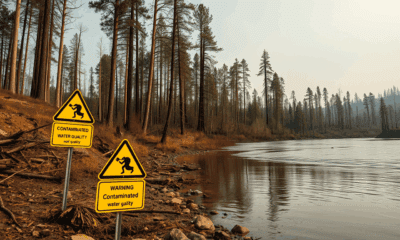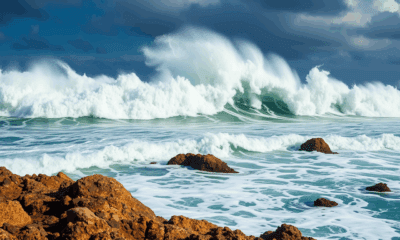While we try to keep things accurate, this content is part of an ongoing experiment and may not always be reliable.
Please double-check important details — we’re not responsible for how the information is used.
Climate
Breaking Through Climate Apathy: The Power of Binary Data
A new study finds that presenting the same continuous climate data, such as incremental changes in temperature, in binary form — such as whether a lake did or did not freeze in the winter — significantly increases people’s ability to see the impact of climate change.
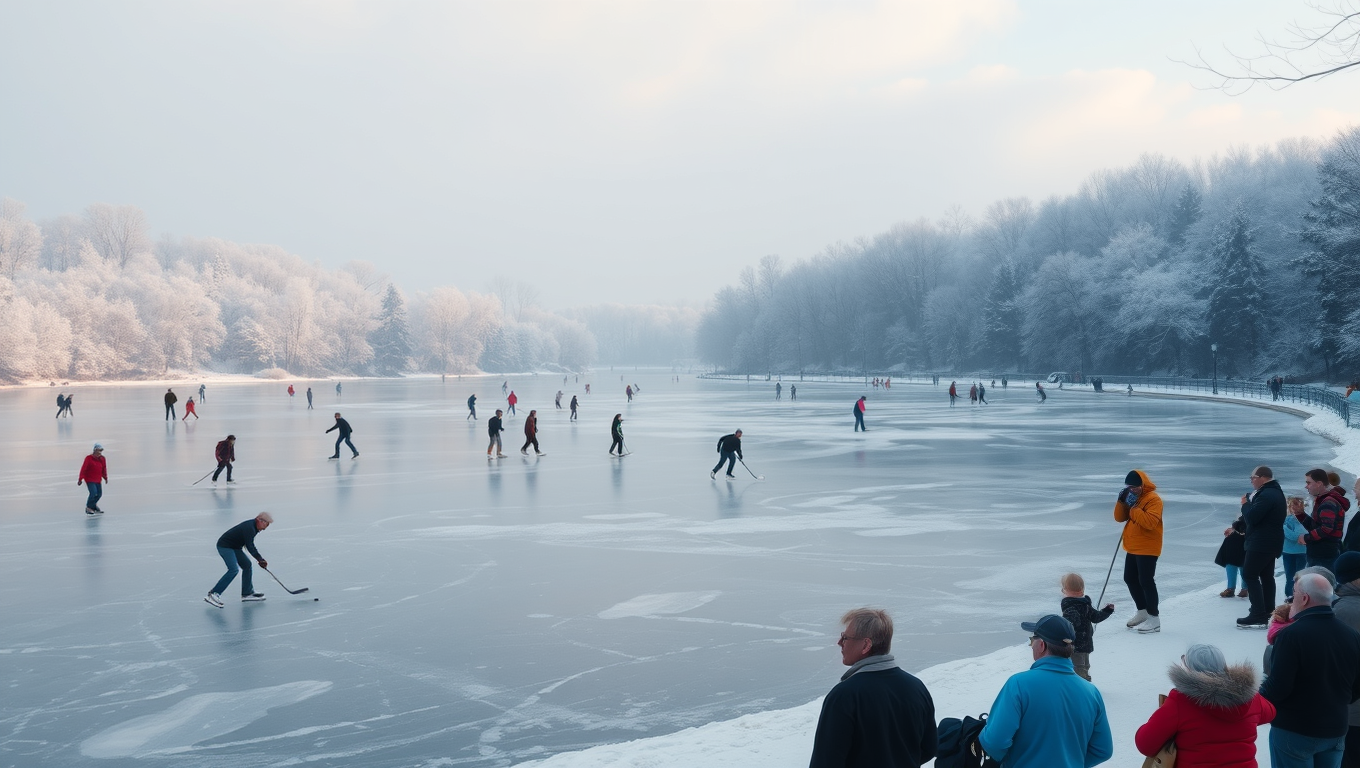
Climate
A 123,000-Year-Old Warning: Coral Fossils Reveal Rapid Sea-Level Rise Ahead
Ancient coral fossils from the remote Seychelles islands have unveiled a dramatic warning for our future—sea levels can rise in sudden, sharp bursts even when global temperatures stay steady.
Air Quality
Flash Floods on the Rise: How Climate Change Supercharges Summer Storms in the Alps
Fierce, fast summer rainstorms are on the rise in the Alps, and a 2 C temperature increase could double their frequency. A new study from researchers at the University of Lausanne and the University of Padova used data from nearly 300 Alpine weather stations to model this unsettling future.
Climate
The Hidden Carbon Giants: Satellite Data Reveals a 40-Year Arctic Peatland Surge
Arctic peatlands are expanding with rising temperatures, storing more carbon at least for now. But future warming could reverse this benefit, releasing massive emissions.
-

 Detectors2 months ago
Detectors2 months agoA New Horizon for Vision: How Gold Nanoparticles May Restore People’s Sight
-

 Earth & Climate4 months ago
Earth & Climate4 months agoRetiring Abroad Can Be Lonely Business
-

 Cancer3 months ago
Cancer3 months agoRevolutionizing Quantum Communication: Direct Connections Between Multiple Processors
-

 Agriculture and Food3 months ago
Agriculture and Food3 months ago“A Sustainable Solution: Researchers Create Hybrid Cheese with 25% Pea Protein”
-

 Diseases and Conditions4 months ago
Diseases and Conditions4 months agoReducing Falls Among Elderly Women with Polypharmacy through Exercise Intervention
-

 Chemistry3 months ago
Chemistry3 months ago“Unveiling Hidden Patterns: A New Twist on Interference Phenomena”
-

 Earth & Climate3 months ago
Earth & Climate3 months agoHousehold Electricity Three Times More Expensive Than Upcoming ‘Eco-Friendly’ Aviation E-Fuels, Study Reveals
-

 Albert Einstein4 months ago
Albert Einstein4 months agoHarnessing Water Waves: A Breakthrough in Controlling Floating Objects



